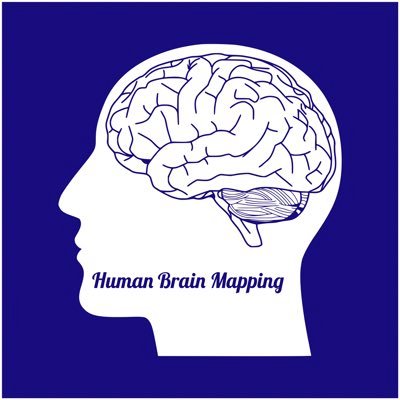

When synapses are stimulated over and over, that pattern of neural connections is “hard-wired” in the brain. When electrical signals pass from brain cell to brain cell, they cross the synapse between the cells. The places where brain cells connect are called synapses. Each brain cell has branching appendages, called dendrites, that reach out to make connections with other brain cells. Neuroscientists tell us that a baby is born with millions of brain cells, all he or she will ever need. It is this interplay of nature and nurture that results in our ability to communicate, but the process of learning language begins with how the brain is structured. We also know, however, that the experiences provided in a child’s environment are critical for the development of language. Just as we evolve neural circuits for eating and seeing, so has our brain, together with a sophisticated vocal apparatus, evolved a complex neural circuit for rapidly perceiving, analyzing, composing, and producing language” (Eliot, 1999). Lise Eliot writes: “the reason language is instinctive is because it is, to a large extent, hard-wired in the brain. Language is our most common means of interacting with one another, and children begin the process naturally. The development of communication through language is an instinctive process.

In the first year of life that focus is typically on motor skills, in the second year attention shifts to language development. Parents of young children and professionals working with young children watch with anticipation the developmental milestones indicating a child is picking up the skills expected at a certain age.


 0 kommentar(er)
0 kommentar(er)
